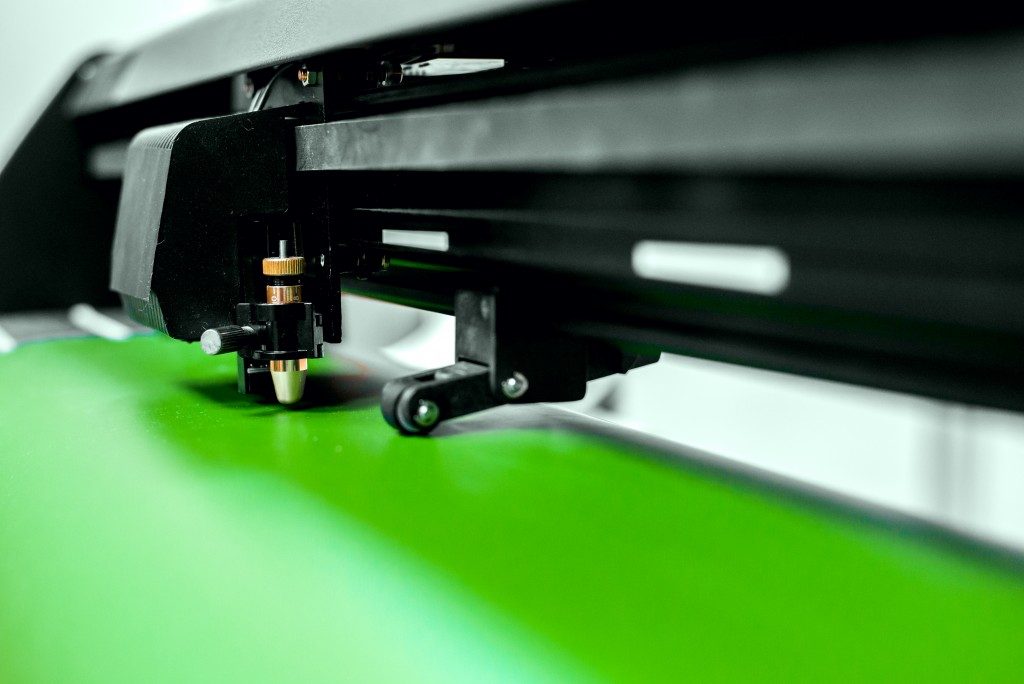With you being here, you are already probably knowledgeable with what a brake is and what it does. It’s a metalworking machine that allows sheet metal to be bent. There are different types of sheet metal brakes depending on the complexity of the bends and creases but they do the same job, and that is to bend metal. There are two common types of brakes available in the market today, and they are the Cornice brake and the Box-and-Pan brake. The Cornice brake allows simple bends and creases to be made whereas the Box-and-pan allows one to form pan and box shapes.
There are, of course, available quality sheet metal brakes for sale by brands such as Baileigh. But if ever your workshop needs one ASAP, but your current one is broken beyond repair or the new one you ordered still hasn’t arrived, here’s how to make one of your own:
Necessary Materials and Equipment
Before one starts creating, the necessary materials and equipment should be prepared. This would include: (3) 1/8″ x 1.5″ x 1.5″ x 4′ Steel Angle, (2) 1″ x 3′ 16 gauge Steel Box Tube, (1) 1.5″ x 3.5″ x 8′ wood, (2) Door Hinges, (6) #10 x 1″ Flat Head Machine Screws, (4) #10 x 1-1/2″ Flat Head Machine Screws, (10) #10 Nuts, (16) 1″ Drywall Screws, (32) #8 washers – between the hinge and 2×4 for correct spacing, (2) 5/16″ x 2.5″ Carriage Bolts, (2) 5/16″ nuts, (6) 5/16″ Washers, (2) 3/8″ x 1″ Hex Bolts, (2) 3/8″ nuts, 18 ga solid wire and last but not the least, spray paint. Some equipment is also needed, and that includes the following: miter saw with metal cutting blade, table saw for cutting the 2×4, hack saw with metal cutting blade, jig saw with wood cutting blade, drill and/or drill press with the drill bits, metal punch and hammer, pencil/ruler, flat & round file, router with a 1/4″ round over bit, angle grinder if you’re using any scrap metal or to smooth out the slots in the angles, 3/8″ tap, metal spring jig and 5/16″ steel rod with 1/8″ steel spacer.
Creating the Base
The first thing that needs to be done is to cut the components. The scrap steel angle will be the center of the plate with 4-inch hinges flanking it. The 2 inches on each end are left so that the 2×4 can be clamped to a workbench. The two angles are then cut to 44 inches to reach the outside edge of each hinge. The center of the hinge pin needs to center on the joint between the bending angle and the base angle. To cut the steel, one can use the metal cutting blade or miter saw. On the other hand, a table saw can be used to cut the 2×4. Grain the rust and paint off the scrap angle.
The angle can now be set in place, and the edges on the front are marked with a pencil. A jigsaw is used to cut a slot in the wood, and the corners are filed. A jigsaw is then used to cut slots for the hinges. The base angle is now screwed to the 2×4.
Bending Angle
The bending angle is what folds the metal. Clamps and the 1-inch steel are used to hold it in place temporarily. The top of the bending angle and the base angle must be aligned. Set the hinges in place using #8 washers. Carefully drill a 5/32-inch hole for the screw openings. Mark the hinge holes on the bending angle, unclasp it and then drill 1/4-inch holes. Now the hinges and folding angles are attached to the base angle. It is time to clamp the box tube in place. The tube will serve as the handles and provide two bolts for each handle with a 1/4-inch hole.
Hold Down Angle
Using a flat spot in the hold-down angle, use a metal punch to create a start for the drill bit for the carriage bolts. Now using a Forstner bit, drill through the hinge and 2×4. Make sure the bolts line up with the hold down angle. A slot is then needed for the hinge, and a hacksaw can be used for this. Once this is done, coil wire around a rod and make more spring than needed. You can then create a spring perch out of wood to facilitate the hold down sliding and to keep the washer in line.
Adjustability Angles
Now with the leftover from the 1.5-inch angles, a stop for the hold down can be fashioned. Drill a 5/16-inch hold towards the bottom of each angle and a hole was tapped for a 3/8 bolt. The bolt head butts the hold down and acts as a guide. The bolt can be screwed in or out to account for the thickness of the metal. Now create a tap that is perpendicular to your hole and use cutting oil in the process.
Final Touches

The final touches to your newly-created sheet metal brakes can now be added. You can paint it with any color you desire. Be sure to avoid painting the area where metal is to be bent as this will only scruff that area and paint will wear off later on.
Conclusion
Your DIY sheet metal brake would be able to do the job while you’re waiting on that Baileigh sheet metal brakes you ordered. Just make sure to manually check and maintain now and then to make sure that it works properly, and also to ensure the safety of those using it.



